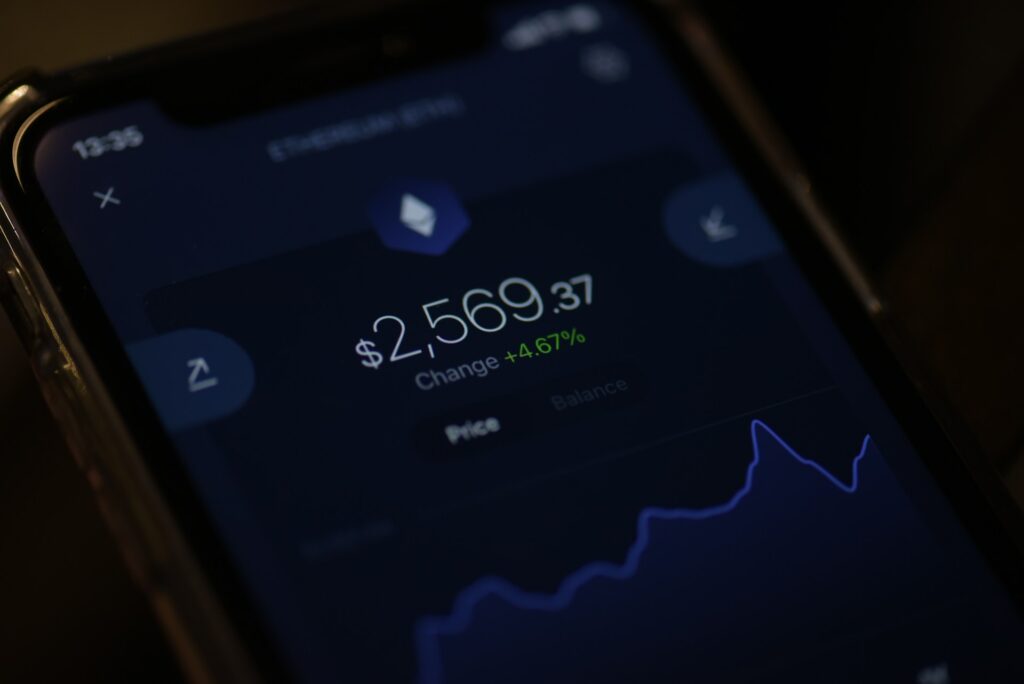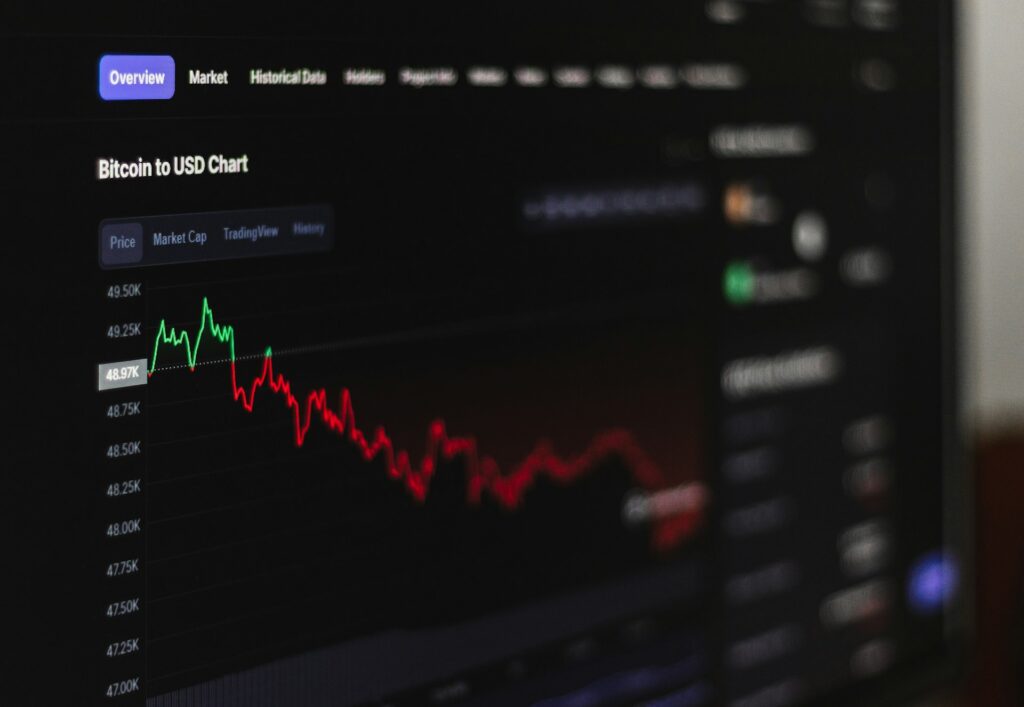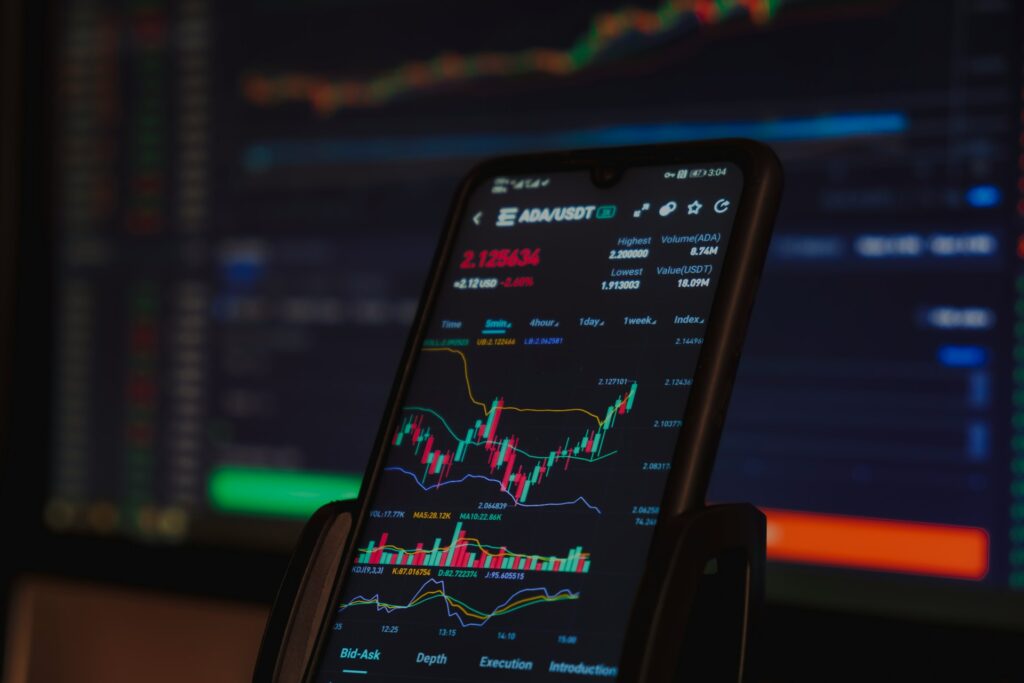When I first got into crypto, I made the same mistake many beginners do: I bought Bitcoin, but then realized I wanted Ethereum for a project I was curious about. The problem? I had no idea how to move between the two. I ended up withdrawing Bitcoin to my bank account, then depositing it back into an exchange to buy ETH. Not only did it take days, but I also lost a good chunk of money in transaction fees.
That’s when I discovered crypto swapping. Instead of going through the long process of selling and repurchasing, swapping lets you directly exchange one coin for another within minutes. It felt like I had unlocked a hidden feature of the crypto world, and honestly, I wished I had known about it sooner.
If you’ve ever wanted to switch between coins without touching your bank account, then crypto swapping might be the simplest solution. Let’s break it down in plain English.
What is crypto swapping?
Crypto swapping is the process of directly exchanging one cryptocurrency for another without converting it to fiat money (like USD) first.
For example:
- Instead of selling Bitcoin for dollars and then using those dollars to buy Solana, you can simply swap Bitcoin for Solana in a single step.
This is possible because of liquidity pools or order books that match users who want to trade opposite sides. Some platforms use centralized exchanges (like Binance or Coinbase), while others use decentralized protocols (like Uniswap or PancakeSwap).
Think of it like going to a currency exchange counter at the airport. Instead of giving them your dollars, taking euros, and then exchanging those euros again for pounds, you just swap directly between dollars and pounds. It saves time, reduces fees, and cuts out unnecessary steps!
Why do people prefer swapping over trading?
Here are a few reasons why crypto enthusiasts (including myself) often prefer swaps over traditional trading:
- Faster transactions – No need to deposit and withdraw multiple times.
- Lower costs – You skip bank fees and multiple exchange fees.
- More privacy – Especially on decentralized exchanges, where you only connect your wallet.
- Simplicity – Even beginners can do it with just a few clicks.
I remember seeing someone on Reddit share how they swapped USDT for ETH within 30 seconds before a coin launch. Had they gone through a bank transfer, they would have missed the opportunity entirely. That’s the power of swapping.
How to swap crypto (step-by-step)?
Swapping crypto may sound technical, but the process is surprisingly simple.
Here’s a general step-by-step breakdown:
- Choose a platform
- Centralized exchanges: Binance, Coinbase, Kraken
- Decentralized exchanges (DEX): Uniswap, PancakeSwap, 1inch
- Connect your wallet or fund your account
- For centralized exchanges, you deposit crypto into your exchange wallet.
- For DEXs, you connect your wallet (like MetaMask or Trust Wallet).
- Select the pair you want to swap
- Example: BTC → ETH or USDT → BNB.
- Enter the amount
- Most platforms will show you the estimated amount you’ll receive after fees.
- Review and confirm
- Double-check the gas fees (especially on Ethereum, which can get expensive).
- Confirm the transaction.
- Receive your new coin
- It usually takes seconds to minutes.
Popular platforms for crypto swapping
Here’s a quick comparison table of some popular swap options:
| Platform | Type | Best for | Notes |
|---|---|---|---|
| Uniswap | DEX | Ethereum-based tokens | Higher gas fees, but huge liquidity |
| PancakeSwap | DEX | Binance Smart Chain tokens | Lower fees, beginner-friendly |
| 1inch | DEX aggregator | Finding best swap rates | Good for advanced users |
| Binance | CEX | Wide variety of coins | Requires KYC |
| Coinbase | CEX | Easy-to-use interface | Slightly higher fees |
Things to watch out for before swapping
While swapping sounds easy, there are a few risks and details you should always keep in mind.
- Gas fees: On some networks (like Ethereum), gas fees can be higher than the amount you’re swapping. Always check before confirming.
- Slippage: This happens when the price changes between the time you place and confirm the swap. Most platforms let you adjust the slippage tolerance.
- Fake tokens: On decentralized platforms, anyone can create a token. Always double-check the token’s contract address to avoid scams.
- Regulations: Some regions may restrict swaps or certain tokens.
A common story I’ve seen on forums is beginners losing money by swapping into scam tokens that looked legitimate. The lesson: never trust a token just because its name sounds familiar!
4 tips to swap safely and efficiently
Here are a few personal tips I follow whenever I swap:
- Always start small when swapping on a new platform.
- Keep a bit of the network’s native token (like ETH for Ethereum or BNB for Binance Smart Chain) to cover fees.
- Use DEX aggregators like 1inch to get the best rate.
- If you’re swapping large amounts, consider doing it in parts to reduce slippage.
Crypto swapping has changed the way I interact with digital assets. Instead of wasting time and money on multiple transactions, I can now swap directly between coins and be ready for any opportunity in minutes. For traders, investors, and even casual holders, it’s one of the most practical tools in the crypto world.
But here’s the interesting part: swapping is just the beginning. With the rise of cross-chain swaps and bridges, it’s becoming possible to swap tokens across different blockchains without centralized exchanges. Imagine moving Bitcoin directly into Solana or swapping Ethereum for Cardano in a single click. That’s the future we’re heading toward, and it will make crypto even more flexible than it already is.
If you’re into crypto and haven’t tried swapping yet, give it a go with a small amount. It might just save you from the mistakes I made early on, and who knows, it could also open the door to some exciting opportunities.
With over five years of experience in the tech industry, Kazim excels at simplifying complex topics, making them accessible to tech enthusiasts and general readers alike.
He has contributed to several renowned publications worldwide, including WindowsReport and Allthings.how, bringing insightful coverage of key developments in the field.
When he’s not writing, you’ll find Kazim planning weekend getaways or diving into tech verticals beyond his expertise.




